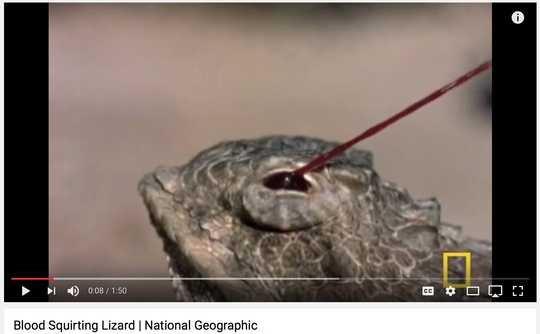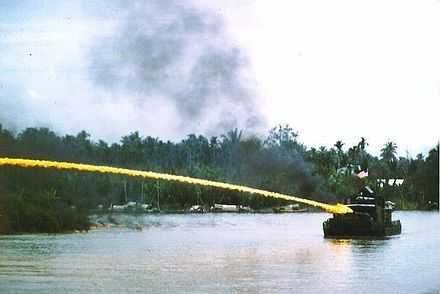0
I would like to design a creature, that could defend itself by breathing fire.
This creature would look like a little lizard probably evolved to be fire resistant. We could also say that he has little wings on the side like the "draco taeniopterus" who as a wing like membrane between his legs and arms.
I don't know where he could live, but i thought of tropical jungle, so that if he starts a fire, it won't last long due to the humidity.
For him to breathe fire, I thought of two scenarios and you can tell me which one is the best.
-First scenario: the fire lizard (let's call him like that) can process a sort of photosynthesis like plants; his skin is covered with chlorophyll. he is then able to break water molecules to take the hydrogen and release oxygen (thanks to light) he then stocks the hydrogen in a pouch. When he needs to defend himself, he releases the hydrogen from its pouch (blows it) then creates a spark (I don't know ho exactly yet) to ignite the gas cloud. He breathes fire. He then needs to restore hydrogen so he just needs to expose himself to sunlight on the canopy and spread his wings so he has a bigger chlorophyll surface.
-Second scenario: he can obtain methane while his digestion. He stocks the methane in a pouch. When in danger, he releases the methane and blows hard. Finally, he creates a spark that ignites the whole mixture (also because it enters in contact with the oxygen of the air.
For evolution question, we can say that it started by an idea of spraying poison on enemies, but a mutation created one of these processes...
which scenario do you think is the more plausible. Feel free to comment and tell me your idea of how such a thing could have appeared while these creatures evolved


Take a look at Draco vulgaris from Terry Pratchett's Guards! Guards!.
– nzaman – 2017-07-23T12:37:09.110There is no reason to close this. It is more direct than the linked duplicate, which has 2 questions; this has only one. It is very clear what is being asked. – Willk – 2017-07-23T15:04:53.887
You could look at the bombardier beetle a binary reaction like they use would be more likely, there are reptile that spray venom after all. – John – 2017-07-23T15:49:55.853